 Pig Trail Sign
Pig Trail Sign
Entry Type: Place
 Pig Trail Sign
Pig Trail Sign
 Pig Trail North
Pig Trail North
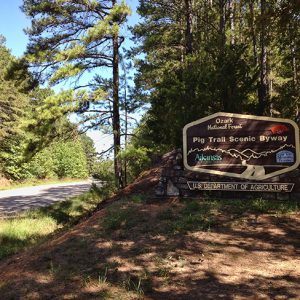 Pig Trail South
Pig Trail South
Piggott (Clay County)
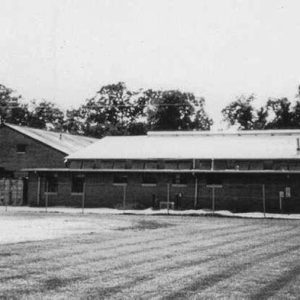 Piggott National Guard Armory
Piggott National Guard Armory
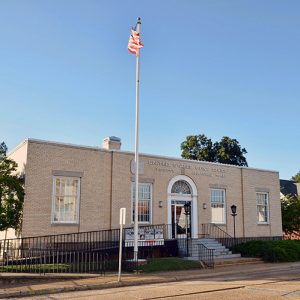 Piggott Post Office
Piggott Post Office
Pike City (Pike County)
Pike County
 Pike County Courthouse
Pike County Courthouse
 Albert Pike House
Albert Pike House
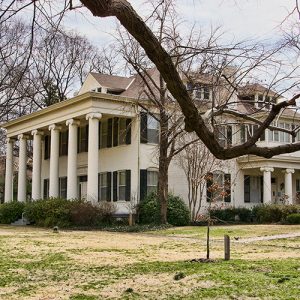 Pike-Fletcher-Terry House
Pike-Fletcher-Terry House
Pike-Fletcher-Terry House
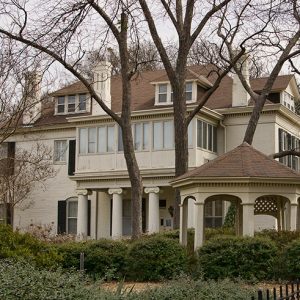 Pike-Fletcher-Terry House
Pike-Fletcher-Terry House
 Pilgrim's Rest Class of 1916
Pilgrim's Rest Class of 1916
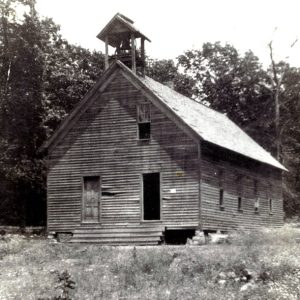 Pilgrim's Rest School
Pilgrim's Rest School
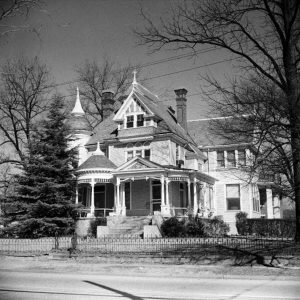 Pillow-Thompson House
Pillow-Thompson House
Pindall (Searcy County)
 Pine Bluff YMCA
Pine Bluff YMCA
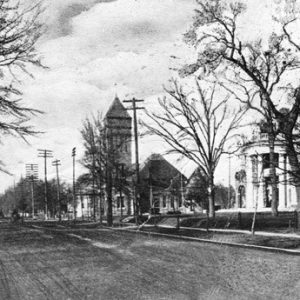 Pine Bluff; 1907
Pine Bluff; 1907
Pine Bluff (Jefferson County)
Pine Bluff Arsenal
 Pine Bluff Arsenal Assembly Line
Pine Bluff Arsenal Assembly Line
 Pine Bluff Arsenal Smoke Grenades
Pine Bluff Arsenal Smoke Grenades
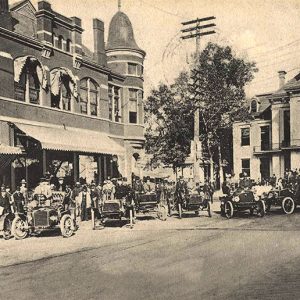 Pine Bluff Automobile Club
Pine Bluff Automobile Club
Pine Bluff Commercial Historic District
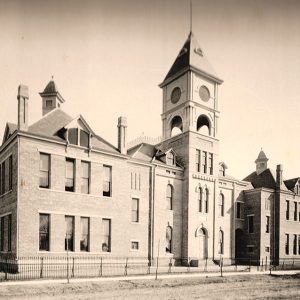 Pine Bluff High School
Pine Bluff High School
 Pine Bluff Hotel
Pine Bluff Hotel
 Pine Bluff Retail District
Pine Bluff Retail District
Pine Bluff Street Historic District
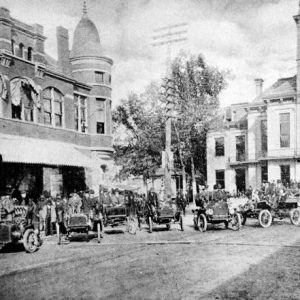 Pine Bluff Street Scene
Pine Bluff Street Scene
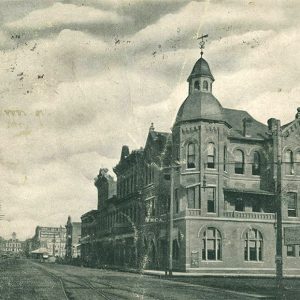 Pine Bluff Street Scene
Pine Bluff Street Scene
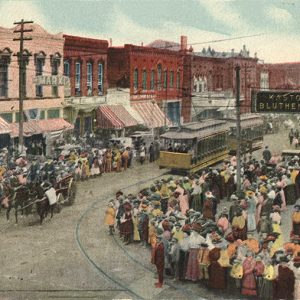 Pine Bluff Street Scene
Pine Bluff Street Scene
 Pine Bluff Street Scene
Pine Bluff Street Scene
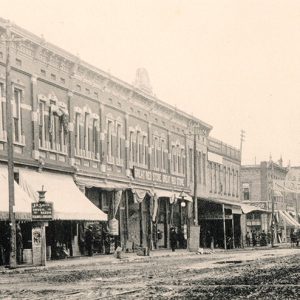 Pine Bluff Street Scene
Pine Bluff Street Scene
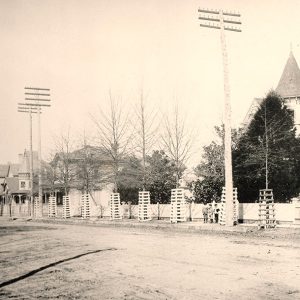 Pine Bluff Street Scene
Pine Bluff Street Scene
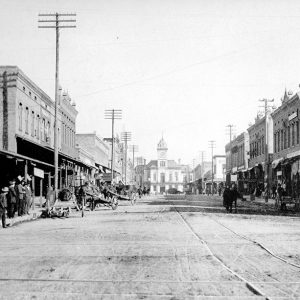 Pine Bluff Street Scene
Pine Bluff Street Scene
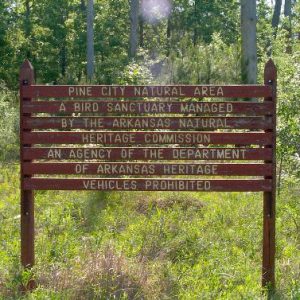 Pine City Natural Area
Pine City Natural Area
 Pine Grove School
Pine Grove School
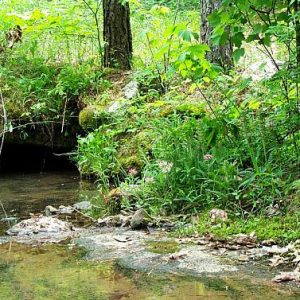 Pine Hollow Natural Area
Pine Hollow Natural Area
Pine Log (Benton County)
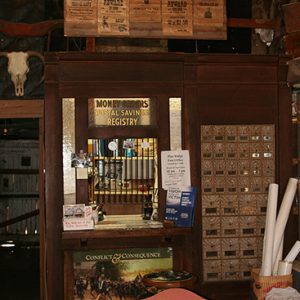 Pine Ridge Post Office
Pine Ridge Post Office
Pine Ridge (Montgomery County)
 Pine Ridge Post Office
Pine Ridge Post Office
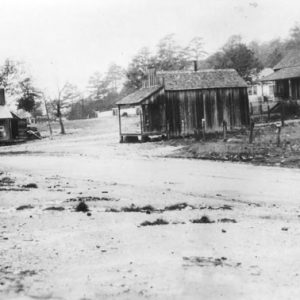 Pine Ridge Street Scene
Pine Ridge Street Scene
 Pine Shadows
Pine Shadows
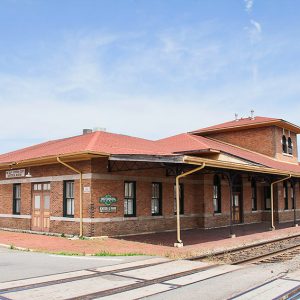 PineBluff/Jefferson County Historical Museum
PineBluff/Jefferson County Historical Museum
Pineville (Izard County)
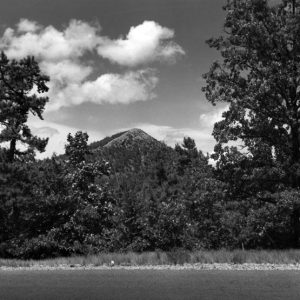 Pinnacle Mountain
Pinnacle Mountain
Pinnacle Mountain State Park
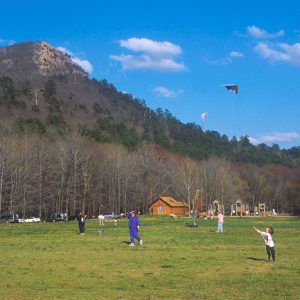 Pinnacle Mountain State Park
Pinnacle Mountain State Park




